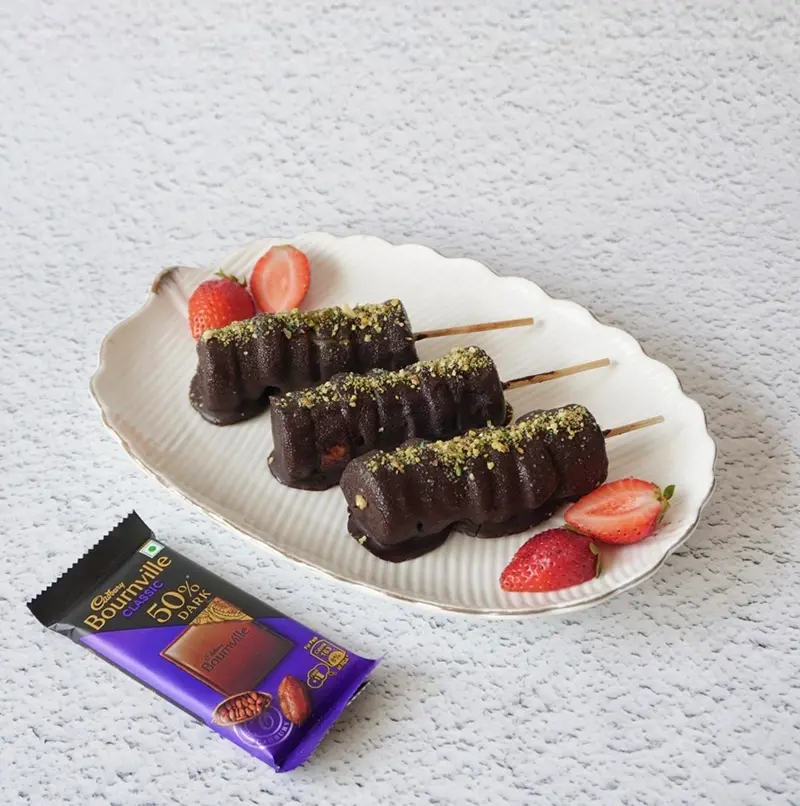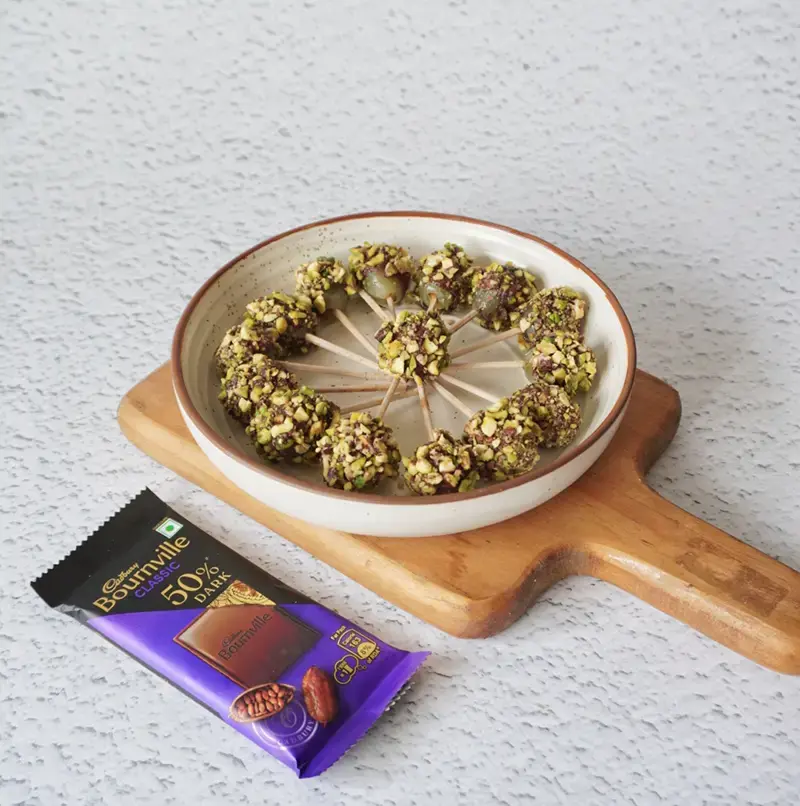Winter desserts, so good, you’ll wish the season was upon us already, here’s what it looks like in dessert wonderland during the winter months in some countries

As the bite of winter slowly makes its presence known, most countries gear up for the winter by preparingunique desserts. These desserts are mostly for the festive season of Christmas and the coming New Year. From bowls of sweet soups in the Orient to boozy cakes in the Occident, the winter desserts are sure to warm you right up until the snow thaws and warmer weather approaches with the promise of fresh foliage.
1. Oshiruko
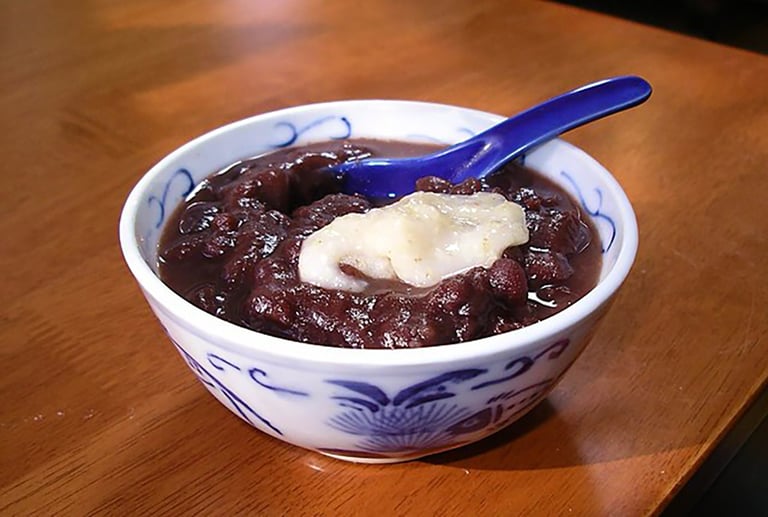
A sweet red bean soupy dessert, Oshiruko is one of the simple but famedJapanese desserts made with azuki red beans boiled in sugar water with rice cakes floating in the bowl. It is served between meals and eaten hot to warm up the body during the cold winter months. The name of the Oshiruko differs too depending on whether the azuki beans added are whole or mashed. Different parts of Japan consume and prepare the beans for the soup differently. For example, in Western Japan the red beans are whole and it goes by the name Zenzai. From supermarkets to vending machines and the cold settles in Japan like a heavy blanket the Osdhuriko becomes a common site, warming the soul like a hearty Japanese tale.
2. Bûche de Noël
Tied to French winter traditions, especially Christmas, Bûche de Noël goes by Yule Log in the UK, and is typically served after the Christmas feast. The cake uses a light sponge cake that is rolled to resemble a log, and covered in chocolate and coffee buttercream. The buttercream is textured in a way to resemble a wooden log. This tradition goes back to the Pagan times when a huge piece of log would be burned in winter to keep the harsh winter cold away and mark the winter solstice, the coldest day of the year. It is still followed, and the actual wood Yule log, has shrunk in size today and is not burnt completely. The burnt log pieces used to be removed from the hearth and brought inside to bring families good luck and prosperity for the coming year. The only difference today is the size of the log and that it has moved from the table to the traditional hearth.
3. Tangyuan
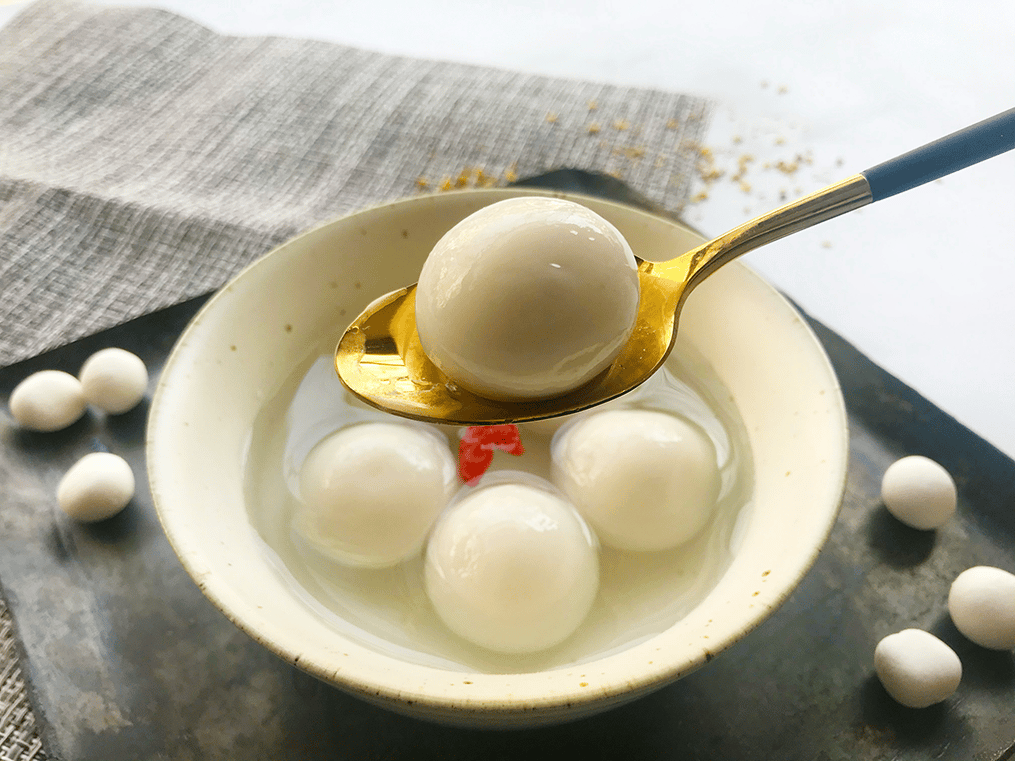
A traditional Chinese New Year dessert, Tangyuan is made with glutinous rice balls usually served in the very soup it was cooked in. Typically the Tangyuan comes with a filling of red bean paste, red bean paste, or peanut paste. It’s known as Tangyuan in the southern part of the country, whereas in the northern part, it’s called Yuanxiao, after the Lantern Festival. Both are eaten in peak winter, but the time differs. The North eats it on the last day of the Chinese New Year while the South has it during the winter solstice celebrations.
4. Plum Cake
The plum cake started as a porridge in medieval England where prunes or plums were used. Slowly the plums were swapped for other fruits that started being readily available. But the name stuck, even after baking and the art of making cakes was introduced to the world. As communities developed and men in particular went to and fro to different countries for work, exchanging Christmas cakes also began, and that still sticks to date. To become an influential thing, it needed to cross the Ocean and make it in America and so it did. As Europeans moved to America, the Plum Cake debuted there too, and now any kind of fruit cake, that falls under the ambit of plum cake, is always gifted during the winter celebrations of Christmas.
5. Panpepato
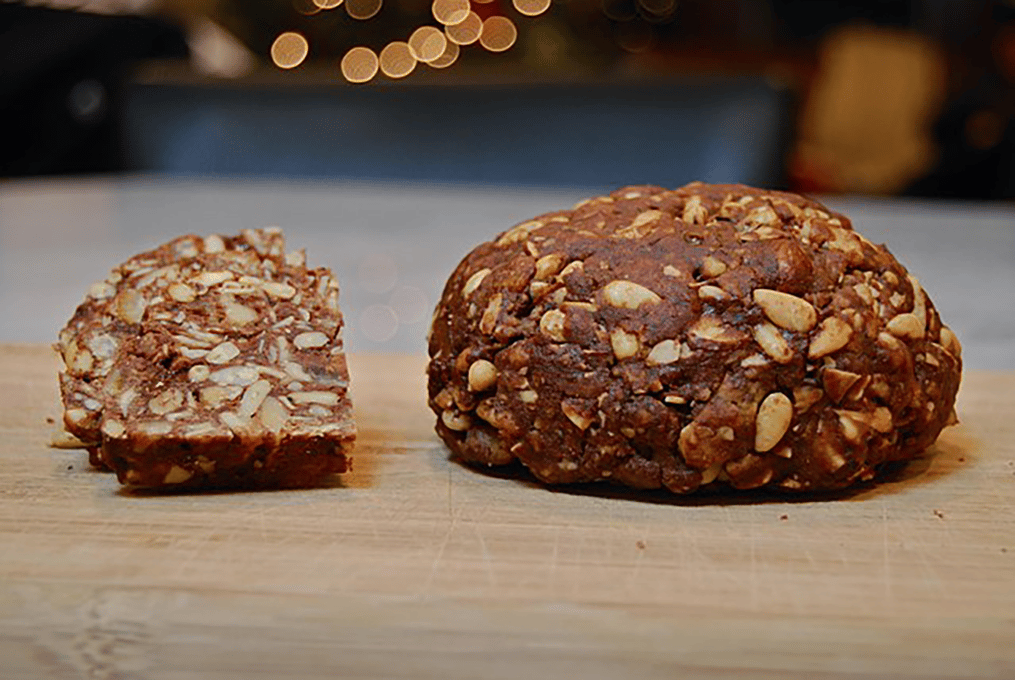
Rooted in rural Italian traditions Panpepato, is a typical Italian Christmas fruitcake prepared for the Christmas festivities, during winter. One of the most noteworthyItalian desserts today, Panpepato perhaps originated in the 1700s and there’s an interesting tale connected with this dry spiked fruit and nut cake. The tale goes that caravans selling spices, perhaps the Oriental traders or the gypsies brought this cake with them, introducing it to the central area of Italy. It is traditionally prepared on 8th December and as Italy is known for its vineyards, the cake ingredients were substituted, with cooked grapes, walnuts, and citrus fruits. The cake is today prepared with almonds, hazelnuts, and candied fruit, from different parts of the country using the best of the local produce.
Like This Article?
More Like This


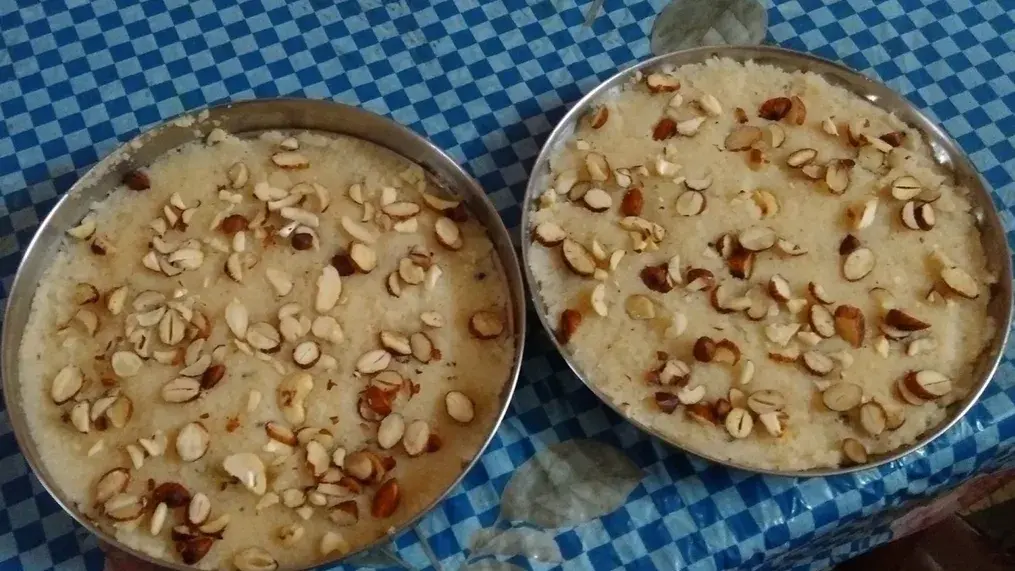
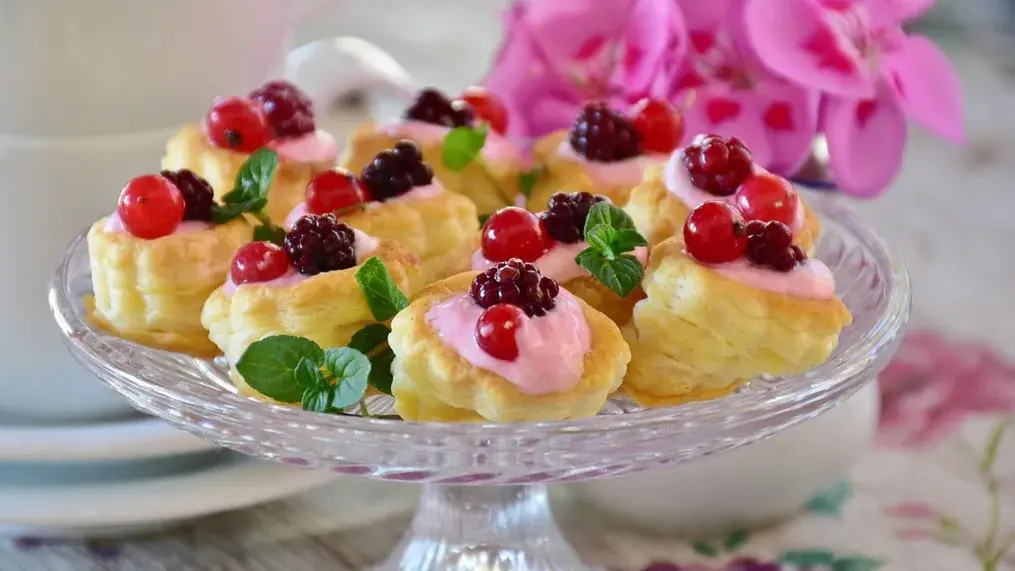
Popular Articles





Trending Web Stories
Curated Recipes

